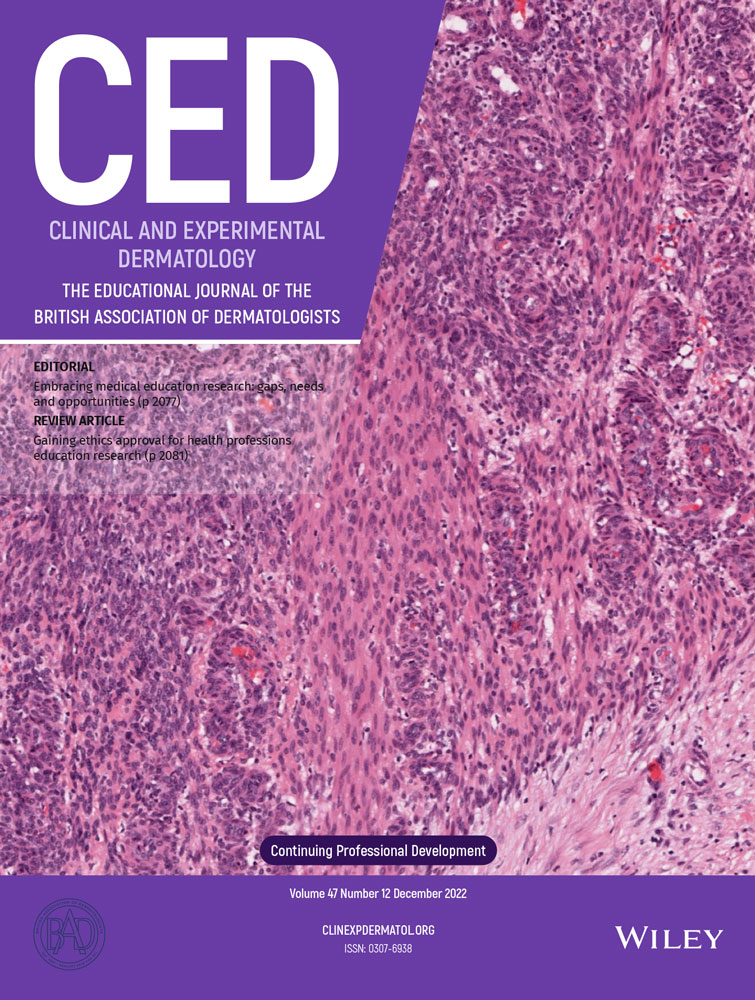Sézary syndrome with a complex, frameshift p53 gene mutation in a Chernobyl survivor
Abstract
We report a case of Sézary syndrome in a patient who was in the immediate vicinity of the Chernobyl nuclear reactor accident 18 months prior to presentation. A complex, frameshift p53 gene mutation was subsequently identified in tumour tissue, consisting of an 8-base pair deletion and a T→G point mutation in exon 7. This is characteristic of damage caused by ionizing radiation, which suggests a causal link between exposure to ionizing radiation and the subsequent development of Sézary syndrome, a rare form of T-cell leukaemia/lymphoma.




